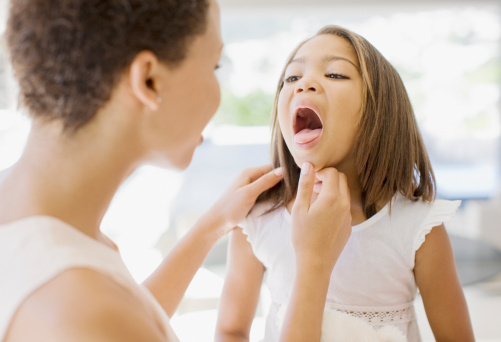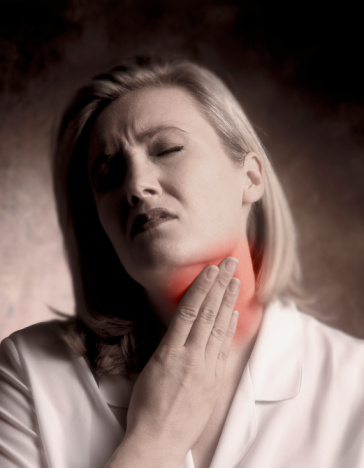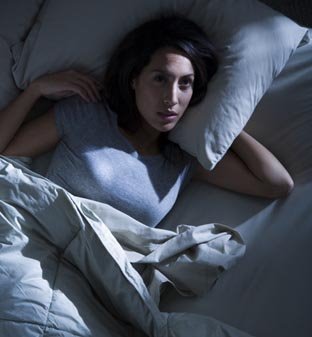Chlamydia
The CDC estimates that more than two million people between the ages of 14 and 39 are infected with Chlamydia, also referred to as Chlamydia Trachomatis. Many people do not seek treatment because they do not realize they have fallen victim to this silent infection. There is also a certain level of under-reporting because of the social stigma that is attached to this disease. The CDC currently estimates that more than three million Americans become infected with Chlamydia every year.
Concerns for Women
Chlamydia will cause damage to a woman’s reproductive organs. Chlamydia has the ability to cause serious, even irreversible damage before the woman even realizes there is a problem.
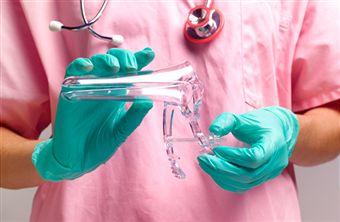
Chlamydia can cause pelvic inflammatory disease in 40% of women who are not treated. This disease can permanently damage reproductive organs and the surrounding tissues.
Pelvic pain, infertility and ectopic pregnancies can all result from Chlamydia.
Women who have Chlamydia are five times more likely to become infected with HIV if they are exposed to it than women who do not have Chlamydia.
Concerns for Pregnant Women
Pregnant women with Chlamydia are at a higher risk for premature delivery. The babies are at risk for getting the infection in their eyes and respiratory tracts. Babies who contract this infection also commonly develop infant pneumonia and conjunctivitis, or pink eye.
Concerns for Men
Men who are infected with the disease do not typically suffer any complications. The infection can spread to the epididymis. This is the tube that carries sperm. In this event the result can be pain, fever and sterility. However, this is a rare event.
Another rare result of this infection is the development of Reiter’s Syndrome. This can cause arthritis along with skin lesions and the inflammation of the eye and urethra.
Symptoms
Part of what makes Chlamydia so dangerous is the incredible lack of symptoms. This disease can progress unchecked because roughly 75% of women and 50% of men will not experience any symptoms.
For those people who do show symptoms, they are typically seen between one and three weeks after the initial exposure.
Possible symptoms are listed here.
In Women
- Vaginal discharge
- Burning sensation when urinating
- Lower abdominal or back pain
- Fever and/ or nausea
- Painful intercourse
- Breakthrough bleeding between periods
- Eye infections
In Men
- Penile discharge
- Burning and itching around the penile opening
- Testicular pain
- Eye infections
If the infection is in the rectum, symptoms can also include rectal pain, discharge or bleeding. Chlamydia can also infect the throat area of people engaging in oral sex.
Causes
Chlamydia is caused by bacteria known as Chlamydia Trachomatis. This bacterium is transmitted through all sex acts, including oral sex and anal sex.
Risk factors
- Having sex with multiple partners is the number one risk factor. The more people a person is engaging in sex with, the more likely it is they are infected with Chlamydia.
- Teenage girls and young woman have a cervix that is not fully mature, and is therefore more prone to infection. This makes them at a higher risk of becoming infected with Chlamydia if they are sexually active.
- Men who have sex with other men are also at a high risk for becoming infected.
Prevention tips
- The most effective and fool-proof prevention for Chlamydia is to not engage in any form of sex. This includes anal, oral and vaginal sexual activities.
- If you are sexually active, keep any sexual relations limited to long-term, monogamous relationships.
- If you are faithful to your partner, but he or she is having sex with other people, you can become infected with all forms of sexually transmitted diseases.
- Condoms do more than prevent pregnancy. They will reduce the risk of becoming infected with Chlamydia; however, they are not 100% effective at preventing the spread of it.
- Remember that most other forms of birth control; such as the pills, shots and implants; are only designed to prevent pregnancy.
- Good communication is important. Make sure to tell your partner that you will insist on the use of a condom. If he or she balks or refuses, do not have sex with them. The condom will protect both partners from Chlamydia and most other STD’s.
- Your partner has a right to know if you have Chlamydia or another other STD.
- Be honest with your doctor. If you are having unprotected sex, tell your doctor.
- If you have an STD, don’t let embarrassment stop you from telling your doctor. And if you suspect that you might have Chlamydia, ask for a test.
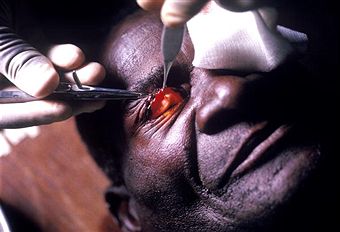
Test and diagnosis considerations
Women and girls under the age of 25 who are sexually active should be screened annually for Chlamydia. Older women with a new partner or multiple partners should also be screened. Pregnant women should always be screened, due to the potential risk to the baby.
Testing is done through lab work. The urine can be tested, or the doctor may want to take a specimen from the penis or cervix.
Treatment options
- Antibiotics
- Single dose azithromycin
- This antibiotic is available in generic, as a tablet or in a suspension. To prevent upset stomach it should be taken with food, although it will be just as effective on an empty stomach. It will typically be taken once a day for five days.
- Aluminum or magnesium based antacids should not be taken when on this antibiotic. The antacids can bind to the azithromycin and prevent its absorption. There are not enough studies on this medication to know how safe it is for pregnant and nursing women.
- Side effects include diarrhea, nausea and abdominal pain, as well as vomiting. Less common side effects include allergic reactions, nervousness and abnormal liver tests.
- The cost will typically be about $30 for 15 pills. However, it is covered under most insurance plans and there is a generic option available for a greater cost savings. This antibiotic is known to be highly effective at curing Chlamydia.
- Doxycycline taken twice daily for a week
- The antibiotic doxycycline is available in a delayed-release tablet that is taken orally.
- This antibiotic is extremely effective at curing Chlamydia and is relatively inexpensive. The one week supply that is required for treatment can typically be obtained for less than $20.
- Long-term or repeated use of Doxycycline has been found to cause secondary infections. Any signs of a second infection should be immediately reported to your doctor.
- Most people do not have any side effects from the use of this medication. However, side effects can include loss of appetite, sensitivity to light, nausea and vomiting.
Serious side effects include:
- Severe allergic reactions; including hives, itching, difficulty breathing, chest tightness, swelling of the lips, face, mouth or tongue, and unusual hoarseness.
- Bloody stools
- Chest pain
- Dark urine or decreased urination
- Fever, chills, sore throat
- Severe diarrhea
- Unusual sunburn
- Headache that is persistent or unusually severe
- Stomach pains or cramps
- Throat irritation, trouble swallowing
- Unusual bruising and/or breathing
- Joint pain
- Exhaustion
- Vaginal irritation or discharge
- Vision changes and yellowing of skin or eyes.
- Diarrhea that is accompanied with stomach pains, cramps or bloody stools, you doctor should be contacted immediately. People taking this medication may be prone to sunburns.
- The sun, tanning booths and sunlamps should be avoided during this time. Doxycycline can impair the effective of hormonal based birth control such as the pill.
- Lab tests can be affected by this antibiotic; if you are having lab tests done be sure to inform your doctor and the lab workers that you are taking it.
- Children under age 8 should not take this medication as the teeth may become permanently discolored. Pregnant and nursing mothers should not take this medication.
Home Remedies
Each of these home remedies is effective due to the ability of the ingredients to boost your immune system. During these treatments, you should absolutely abstain from engaging in any sexual activity.
-
Olive Tree Extract
This can be taken orally, or rubbed on the location that is infected. The olive tree extract has oleuropein, which will help kill off the bacteria and reduce inflammation. It will also boost your immune system. It can be found as a liquid concentrate, powder, capsule or dried leaf tea. This extract has been shown to lower blood pressure and blood glucose.
-
Raw Garlic
Consuming a few cloves of raw garlic before or during every meal will help you get rid of Chlamydia. The chemicals that are found in the garlic have medicinal properties that will help kill the bacteria and clear up the infection.
This treatment can cause problems with blood clotting for diabetics, so consult with your doctor ahead of time. You may also find that the garlic consumption gives you bad breath, or a bad body odor. Consuming too much garlic can result in nausea, vomiting or diarrhea.
-
Curd
Curd has bacteria that will help your body fight off infectious microbes and boost your own immune system. Eating homemade, unsweetened curds can help you treat the Chlamydia naturally. Yogurt can be used instead of curds.
-
Sage Leaves
Chop up 50 mgs of sage leaves and boil them in 250 ml of water. The mixture can be stores so that you can drink a little three times a week to cure Chlamydia. Sage leaves are found to be very safe, with no noticeable side effects.
-
Precautions for Infected People
If you have been diagnosed with Chlamydia, it is important that you notify all your sexual partners so that they can be tested. It is also imperative that you refrain from all forms until you complete the antibiotic round. To prevent re-infection, be sure that your current sexual partner is tested and treated. You should also be re-tested in three to four month to be sure the infection is completely gone.
Keep in mind that Chlamydia can be passed through all forms of sexual activity, including oral sex. Condoms can be used to prevent transmitting the disease, and should be used at all times unless you are in long-term, monogamous relationship.
Myths Surrounding Chlamydia
The Myth
If you don’t have any, you don’t have any diseases.
The Truth
Chlamydia can be asymptomatic, meaning that you can have it, and spread it, without showing any symptoms.
The Myth
Chlamydia is incurable
The Truth
Chlamydia responds very well to antibiotics and can be completely cured.
The Myth
Chlamydia is mainly spread through kissing, not oral sex.
The Truth
Chlamydia is transmitted through any form of sexual activity, especially anal, oral and vaginal sex.
The Myth
Don’t be alarmed if it burns when you pee, it could be nothing.
The Truth
Anytime you feel burning when urinating, it could be a sign of something serious. Stop having sex immediately, and contact your doctor.
The Myth
You’ll know just by looking at someone if they have an STD.
The Truth
People with STD’s do not look any different than anyone else. Never assume that someone is free of diseases just because they are very “clean”.
The Myth
Use two condoms for ultimate protection from STD’s.
The Truth
Using two condoms actually increases friction and the likelihood of them both failing.
The Myth
If I do have an STD, I’ll know it right away.
The Truth
Most STD’s have no symptoms, and can easily be passed along from one person to another because no one realizes they are infected.



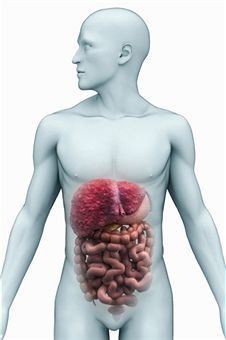
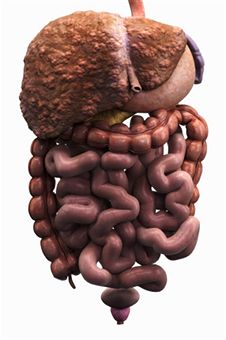
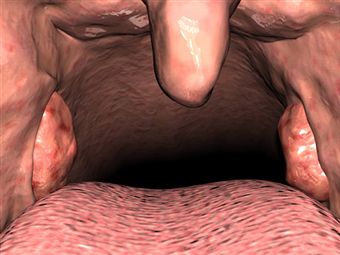
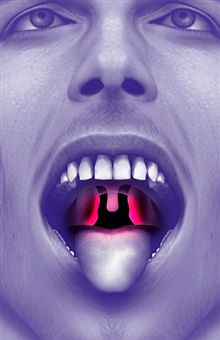
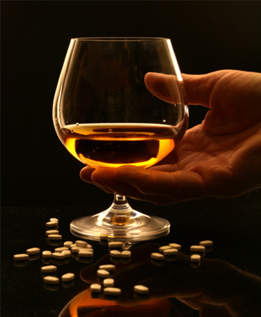

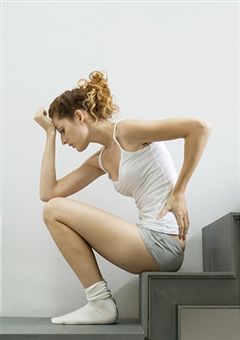
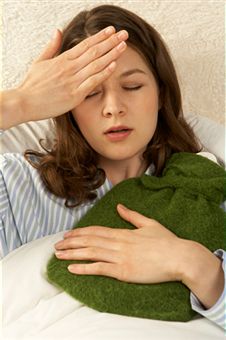
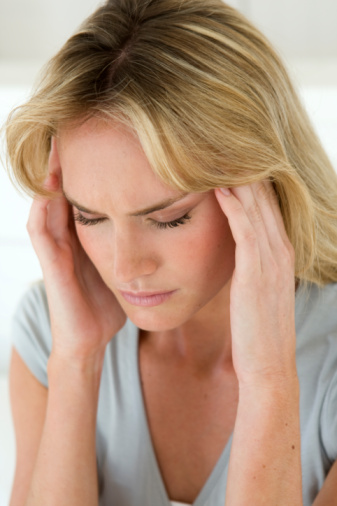
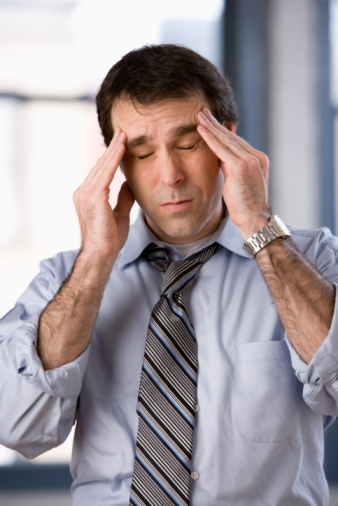
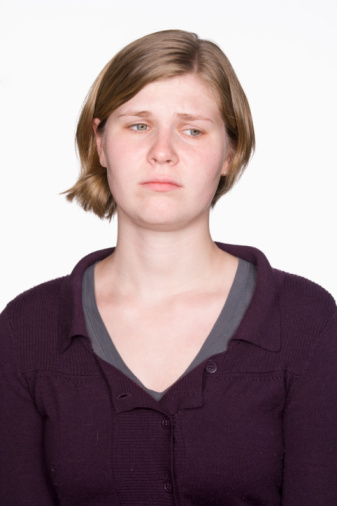 Depression is a mental health disorder that affects over 17 million Americans every year.
Depression is a mental health disorder that affects over 17 million Americans every year.
